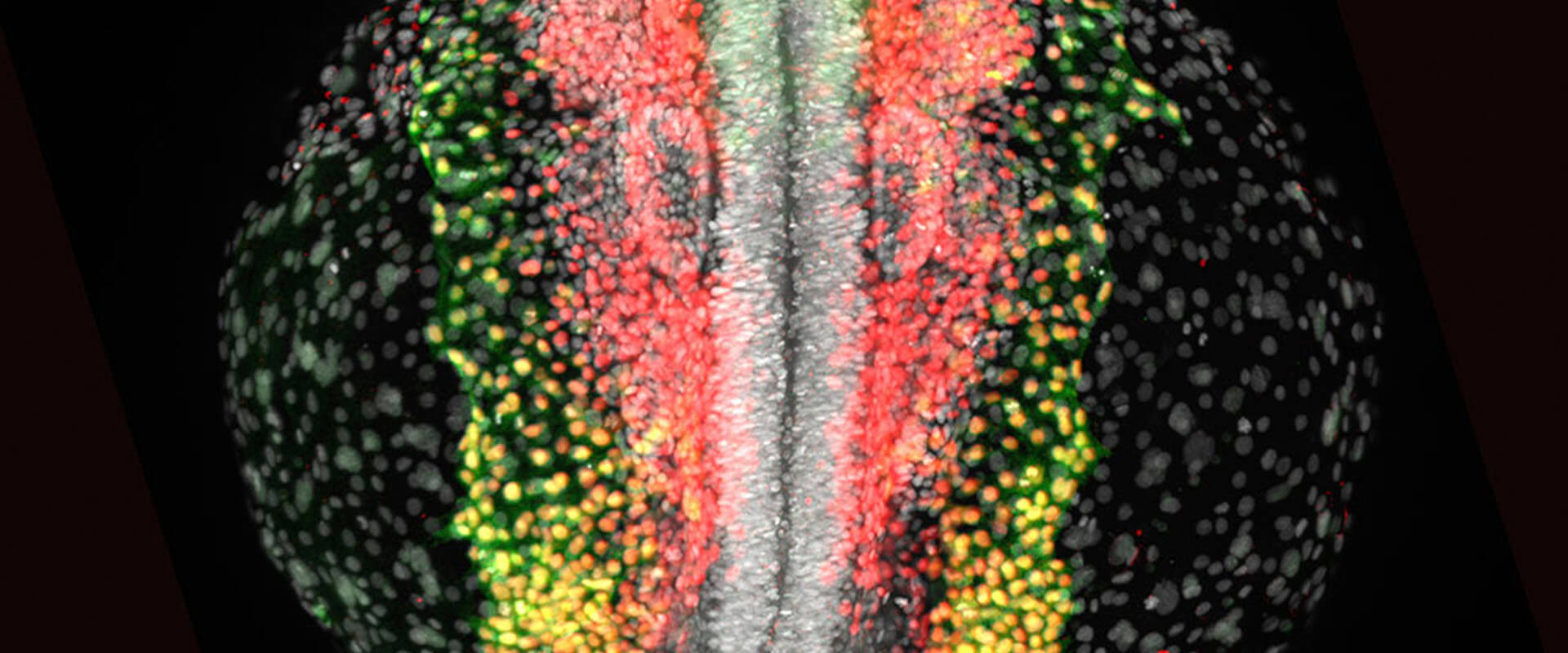A gene regulatory network to control EMT programs in development and disease
Hassan Fazilaty and colleagues, at Professor M. Angela Nieto´s lab at the Instituto de Neurociencias (CSIC-UMH) have found a molecular mechanism that fine-tune a fundamental cell biological process, called EMT. The EMT (epithelial to mesenchymal transition) plays major roles in health and disease, as it endows cells with migratory and invasive properties important for organ formation and for the progression of cancer to the metastatic state. The process is controlled by transcription factors expressed in distinct patterns depending on the developmental time, tissue type and cellular status.
In a previous study from the Nieto lab by Oscar Ocaña and colleagues, showed that the expression of two of these factors, SNAIL1 and PRRX1, had opposite outcomes in cancer metastasis and patients’ survival, due to the activation of different EMT programs. In this new study, published in Nature Communications, Hassan Fazilaty and colleagues, have found that these two factors reciprocally repress one another. As a result, they are expressed in complementary patterns during embryonic development and exert different functions by regulating different downstream effectors. This study, describing the dynamics of SNAIL1 and PRRX1 during development in zebrafish, chicken and mouse, as well as in human cells and cancer patients’ datasets, describes a mechanism to switch and select different EMT programs, with important implications in development and disease. This implies a superimposed degree of controlled heterogeneity during EMT, fundamental for organ formation and cancer progression.


 Español
Español
